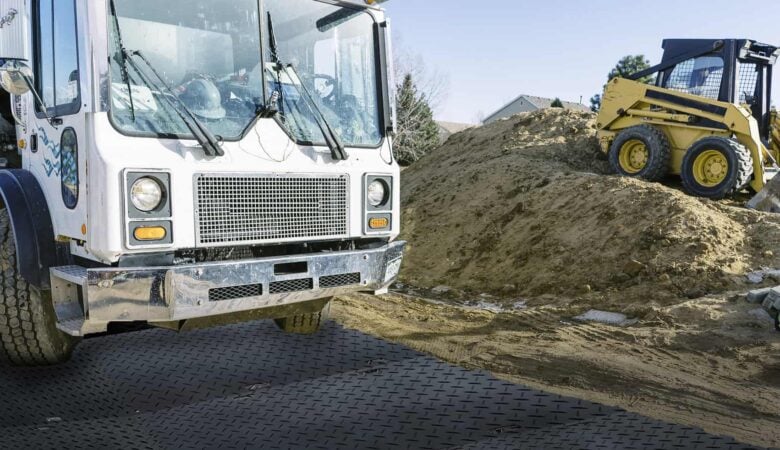Mytee Products carries a full inventory of rigging supplies covering everything from blocks to turnbuckles and shackles. All of that is well and good, but sometimes it is helpful to understand the physics behind rigging principals. Understanding makes for safer lifts.
In light of that, we thought it might be interesting to discuss the physics behind the block and tackle principal. The block and tackle represents one of the easiest ways to lift extremely heavy loads with very little force. Block and tackle setups have been used for centuries by cultures all over the world.

The Block and Tackle Defined
A block and tackle isn’t a single piece of equipment. Instead, it is a particular kind of rigging set-up that includes multiple pulleys and some sort of means to lift the load – be it rope, wire, chain, etc. The most basic setup utilizes at least two pulleys with a rope or wire running between them.
The pulleys in a block and tackle system can be located close together or at a distance. Locations are chosen based on the nature of the lift. The pulleys on a crane might be close together while those in the warehouse rigging system are farther apart.
The Principle of Lifting Force
Physics dictates that a certain amount of force is required to lift a load off the ground. The heavier the load, the more force required. The lifting force has to be either equal to or greater than the weight of the load.
For example, imagine you are lifting a 200-pound load using a single pulley and a 200 ft. rope. You have to apply a minimum of 200 pounds of force in order to get the load off the ground. All 200 pounds will be carried by that single pulley. Also note that the amount of force you need is inversely related to the length of your rope.
If your rope is 100 feet long, more force will be required. The opposite is true if your rope is longer than 200 feet. What does this tell you? It tells you that a longer rope and more pulleys should require less lifting force from you.
Sharing the Load among Blocks
Remember that a block and tackle system utilizes multiple pulleys (or blocks) for lifting. Each of those blocks takes some of the weight of the load. So once again, let us assume a 200-pound load and two blocks in your system. Each block carries half the weight, or 100 pounds. Using the same 200-foot rope now means you only have to apply 100 pounds of lifting force instead of 200.
Introduce a third block into the system and you reduce the total weight carried by each block yet again. Instead of 100 pounds per block, you are now in the neighborhood of 70 pounds.
In theory, you can continue adding blocks and lengthening the rope to make your load even easier to lift. In practice though, there is a tipping point. Additional blocks and longer rope create resistance. Make your block and tackle system too big and the amount of resistance in the system could make it impossible to lift the load anyway. So there is a balance between distributing the weight and minimizing resistance.
Distributing the Load
The simplest way to understand the physics of a block and tackle system is to understand that each block in the system takes part of the load. It is all about load distribution. Greater distribution means less lifting force to get a load off the ground. That’s about it in a nutshell.













